Jérôme Nika
Using musical relationships between chord labels in automatic chord extraction tasks
Nov 14, 2019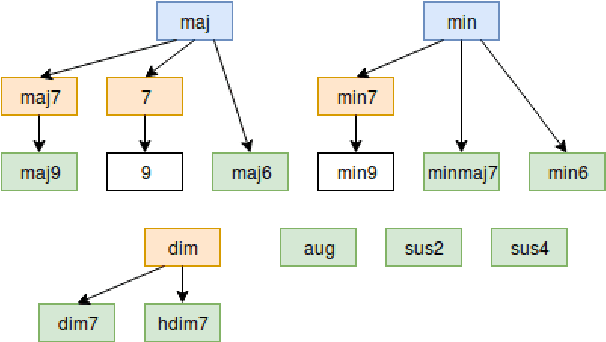
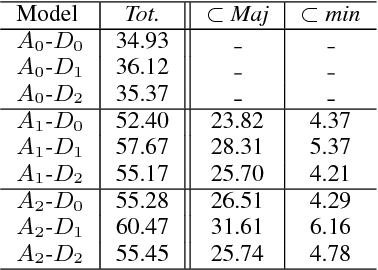
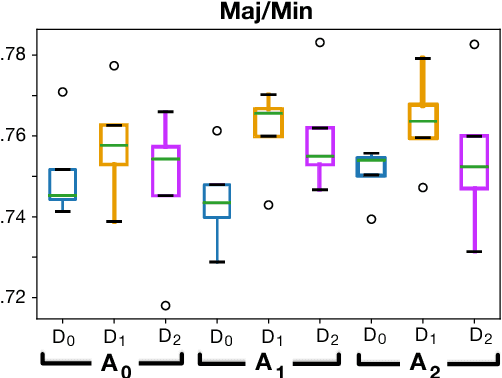
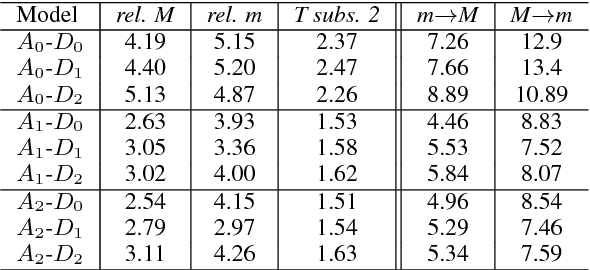
Abstract:Recent researches on Automatic Chord Extraction (ACE) have focused on the improvement of models based on machine learning. However, most models still fail to take into account the prior knowledge underlying the labeling alphabets (chord labels). Furthermore, recent works have shown that ACE performances are converging towards a glass ceiling. Therefore, this prompts the need to focus on other aspects of the task, such as the introduction of musical knowledge in the representation, the improvement of the models towards more complex chord alphabets and the development of more adapted evaluation methods. In this paper, we propose to exploit specific properties and relationships between chord labels in order to improve the learning of statistical ACE models. Hence, we analyze the interdependence of the representations of chords and their associated distances, the precision of the chord alphabets, and the impact of the reduction of the alphabet before or after training of the model. Furthermore, we propose new training losses based on musical theory. We show that these improve the results of ACE systems based on Convolutional Neural Networks. By performing an in-depth analysis of our results, we uncover a set of related insights on ACE tasks based on statistical models, and also formalize the musical meaning of some classification errors.
Multi-Step Chord Sequence Prediction Based on Aggregated Multi-Scale Encoder-Decoder Network
Nov 12, 2019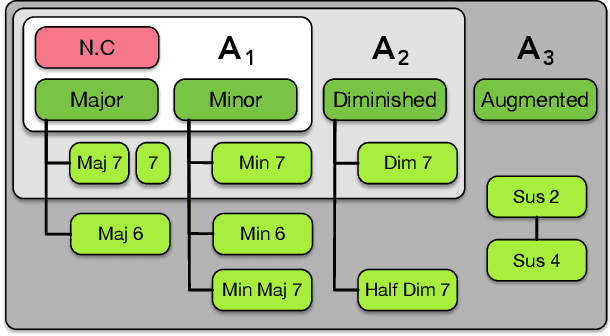
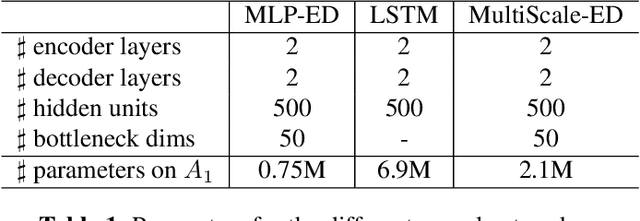
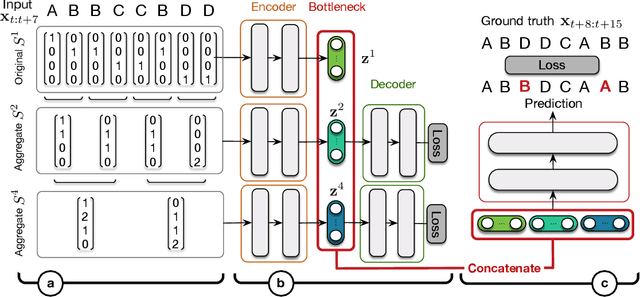
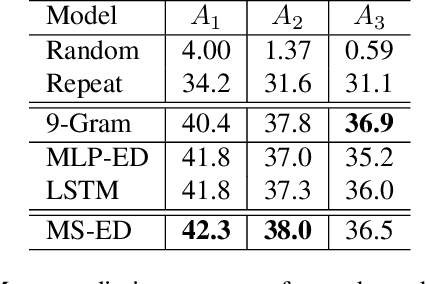
Abstract:This paper studies the prediction of chord progressions for jazz music by relying on machine learning models. The motivation of our study comes from the recent success of neural networks for performing automatic music composition. Although high accuracies are obtained in single-step prediction scenarios, most models fail to generate accurate multi-step chord predictions. In this paper, we postulate that this comes from the multi-scale structure of musical information and propose new architectures based on an iterative temporal aggregation of input labels. Specifically, the input and ground truth labels are merged into increasingly large temporal bags, on which we train a family of encoder-decoder networks for each temporal scale. In a second step, we use these pre-trained encoder bottleneck features at each scale in order to train a final encoder-decoder network. Furthermore, we rely on different reductions of the initial chord alphabet into three adapted chord alphabets. We perform evaluations against several state-of-the-art models and show that our multi-scale architecture outperforms existing methods in terms of accuracy and perplexity, while requiring relatively few parameters. We analyze musical properties of the results, showing the influence of downbeat position within the analysis window on accuracy, and evaluate errors using a musically-informed distance metric.
 Add to Chrome
Add to Chrome Add to Firefox
Add to Firefox Add to Edge
Add to Edge